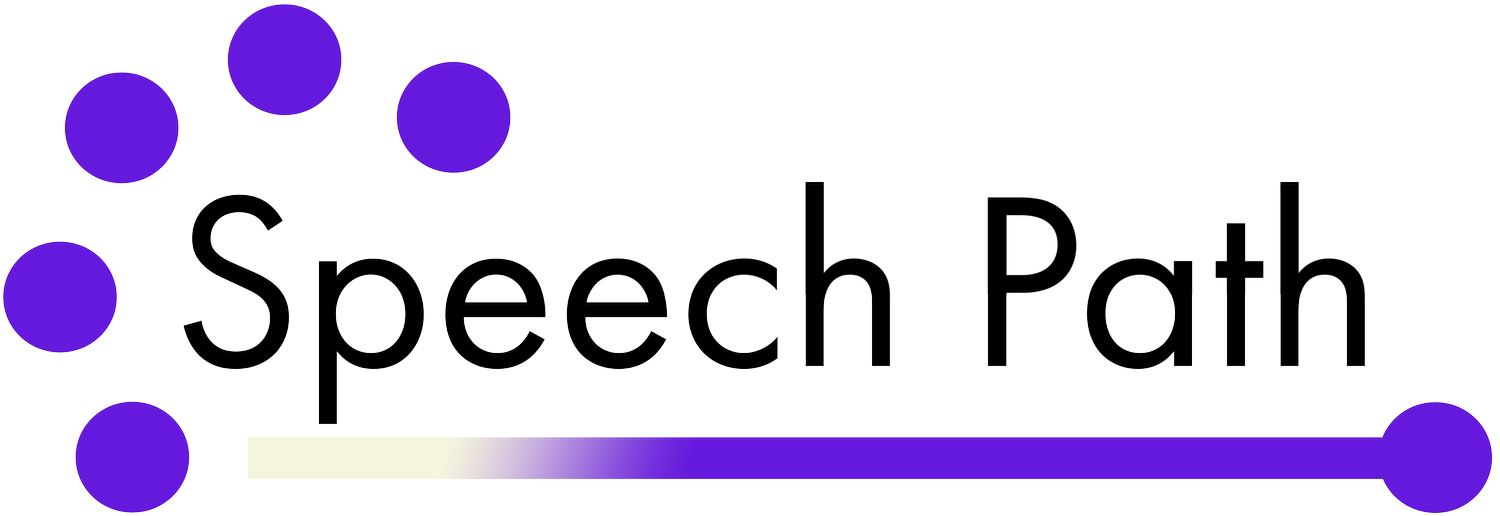Understanding Childhood Apraxia of Speech (CAS)
Childhood Apraxia of Speech (CAS) is a motor speech disorder that can make communication challenging for children, causing frustration for both the child and their caregivers. This guide will help you understand the nature of CAS, the signs to watch for, and the treatment options available. With early intervention and targeted therapy, children with CAS can make significant progress in their speech.
What Is Childhood Apraxia of Speech?
CAS occurs when the brain struggles to plan and sequence the movements the articulators (e.g., lips, tongue, jaw) needed to produce speech. The child may know what they want to say but have difficulty getting the words out correctly and consistently due to this inefficiency in their motor planning for speech. Early diagnosis and intervention are important for children with CAS. Speech therapy helps children with CAS improve their motor planning, build confidence, and develop the skills needed to communicate effectively.
How is CAS Diagnosed?
A speech-language pathologist (SLP) conducts a comprehensive, dynamic motor speech assessment in order to diagnosis CAS.
In order to participate in this assessment, the child must:
demonstrate intentional communication (e.g., attempts to communicate by pointing, gesturing, attempts to say words, etc)
be able to attend to and attempt to imitate verbal productions (e.g., sounds, words) made by the clinician or parent
If the child meets this criteria, during the assessment, the SLP will:
Evaluate the consistency of the child’s speech production errors
Document the types of errors, including vowel distortions and stress/segmentation errors
Examine the child’s oral-motor skills and movement patterns
Treatment for Childhood Apraxia of Speech
Effective treatment for CAS involves a structured and individualized approach that incorporates principles of motor learning. Speech therapy focuses on building accurate speech movements through repetition and practice with specific feedback.
Evidence-Based Approaches: There are several evidence-based approaches that can be used to treat childhood apraxia of speech. These include Dynamic Temporal and Tactile Cueing (DTTC), Rapid Syllable Transition Training (ReST), and Nuffield Dyspraxia Program, Third Edition (NDP3). Each of these approaches incorporates principles of motor learning to enhance motor planning for speech production.
Frequent and Intensive Practice: Children with CAS benefit from frequent, short sessions to help their brain form and optimize the pathways needed for clear speech.
Multi-Sensory Cues: SLPs will use a combination of auditory, visual, tactile, gestural, and written cues to help children produce the targets accurately. Cues will be used less frequently as the child makes progress.
Focus on Functional Words and Movement Patterns: Therapy prioritizes teaching words and movement patterns (not sounds!) that are meaningful to the child. The targets are carefully selected with input from the family to increase the child’s real-world communication skills.
Alternative Communication Methods: For children who are not yet able to speak clearly, a variety of alternative and augmentative communication (AAC) options, including sign language, picture boards, or speech-generating devices, may be introduced. These methods can be used alongside motor speech therapy for CAS to support effective communication.
The Road to Clearer Communication
While CAS can present challenges, children can make significant strides with the right support. Speech therapy provides tools and strategies to help them find their voice. If you are looking for speech therapy in San Francisco or a speech therapist in California, The Speech Path in San Francisco can help. We understand that each individual is unique. For each communication challenge, we offer personalized care to ensure effective results. Our team of dedicated and experienced speech therapists is committed to tailoring evidence-based interventions to meet the specific needs of you or your child.
We offer pediatric speech therapy in San Francisco, speech therapy for adults, and virtual speech therapy for adults and children throughout California, plus specialized programs, such as the Hanen It Takes Two to Talk Program, PEERS® social skills groups, parent consultations and assessments for childhood apraxia of speech, and play groups.
Whether the concern is childhood apraxia of speech, articulation difficulties, language delay, or any other communication difference, we employ a holistic approach to foster progress and build confidence. We ensure that every session is a positive step towards improved communication skills. Contact us today to get started on the journey to enhanced communication and a brighter, more connected future.
